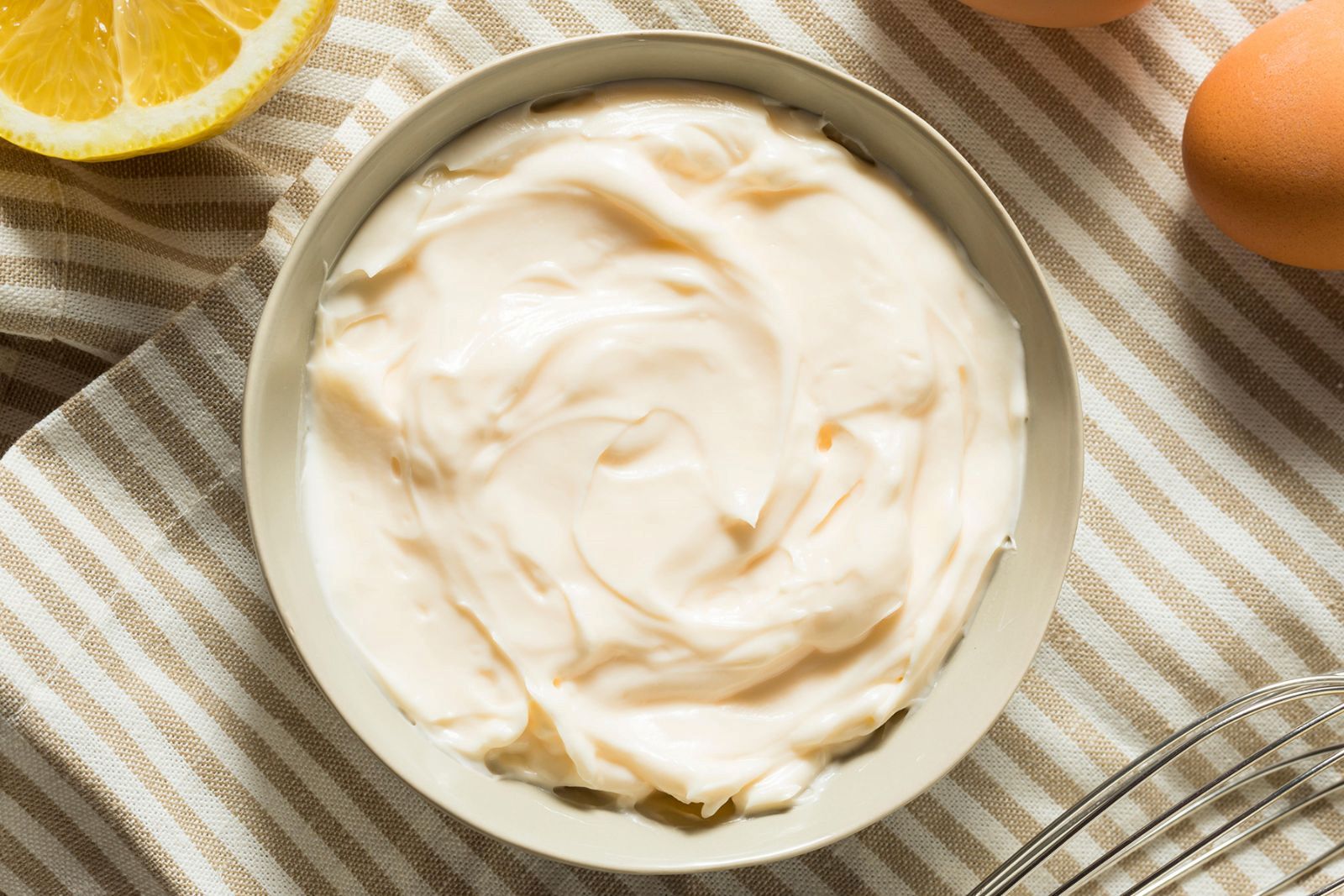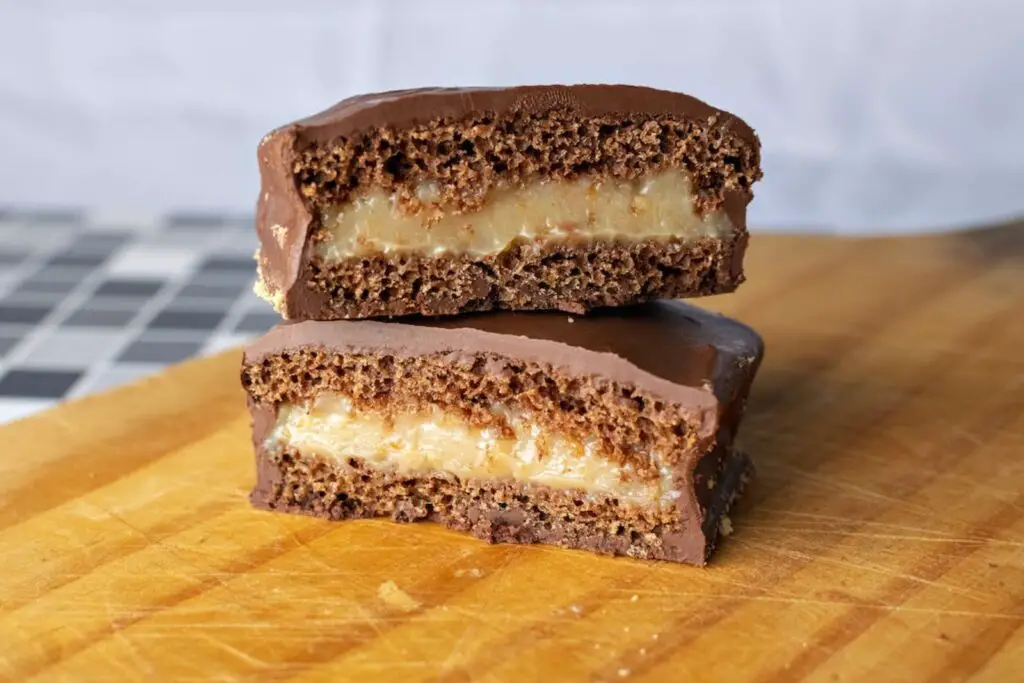
Mayonnaise is a versatile and creamy condiment that adds flavor and richness to a variety of dishes. Whether you have a surplus of mayonnaise or simply want to extend its shelf life, freezing can be a convenient option. Freezing mayonnaise allows you to preserve its texture and flavor for future use, ensuring that you always have this beloved condiment on hand. In this article, we will guide you through the steps to successfully freeze mayonnaise while maintaining its quality.
Here’s a step-by-step guide on how to freeze mayonnaise:
Step 1: Check the freshness of the mayonnaise
Before freezing mayonnaise, it’s crucial to assess its freshness and determine whether it is suitable for freezing. Freezing mayonnaise that has already gone bad or exceeded its expiration date will not improve its quality or extend its shelf life.
Mayonnaise is a perishable product that contains ingredients such as eggs and oil, which can spoil if not properly stored or used within a certain timeframe. It is essential to check the expiration date printed on the packaging to ensure that the mayonnaise is still within its recommended consumption period.
If the mayonnaise has exceeded its expiration date or shows signs of spoilage, such as an off smell, strange texture, or discoloration, it is best to discard it instead of attempting to freeze it. Freezing will not reverse any degradation that has already occurred and may further affect the taste and texture of the mayonnaise upon thawing.
Step 2: Transfer the mayonnaise to an airtight container
To preserve the quality of mayonnaise during freezing, it is important to transfer it to a clean and airtight container. This step helps protect the mayonnaise from freezer burn, which can occur when moisture evaporates from the surface and leads to dehydration and changes in texture.
Choosing an appropriate container is crucial to maintain the integrity of the mayonnaise. Opt for containers specifically designed for freezing or ones that are made of durable and food-safe materials such as plastic or glass. Ensure that the container has a tight-fitting lid or seal to create an airtight environment.
When transferring the mayonnaise to the container, consider the amount you want to freeze. It’s recommended to freeze mayonnaise in small portions or individual servings to make it easier to thaw only the required amount without repeatedly exposing the entire batch to temperature changes.
Can I freeze mayonnaise in its original jar?
If the original jar is suitable for freezing and has a tight-fitting lid, you can freeze mayonnaise in its original packaging. However, if the jar is not suitable for freezing, it is advisable to transfer the mayonnaise to a freezer-safe container for better preservation.
Is it safe to freeze mayonnaise packets or single-serving containers?
Mayonnaise packets or single-serving containers can be frozen if they are specifically labeled as freezer-safe. However, it’s important to note that the texture and quality may change after freezing and thawing. Check the packaging or contact the manufacturer for specific freezing guidelines.
Can I freeze mayonnaise in individual portions or ice cube trays?
Yes, freezing mayonnaise in individual portions or ice cube trays can be a convenient way to have smaller servings readily available. Portion the mayonnaise into freezer-safe containers or ice cube trays, then transfer the frozen portions into a labeled freezer bag for easy access.
Step 3: Leave some headspace
When freezing mayonnaise, it’s crucial to leave some headspace in the container. Headspace refers to the empty space between the top of the mayonnaise and the lid of the container. Allowing for this extra space is important because mayonnaise expands as it freezes.
During the freezing process, the water content in the mayonnaise crystallizes and expands. If the container is filled to the brim without leaving any room for expansion, the increased pressure can cause the container to burst or leak. This can lead to a messy and potentially wasteful situation in your freezer.
By leaving some headspace, you provide the necessary room for the expanding mayonnaise to accommodate the formation of ice crystals. The headspace acts as a buffer, preventing excessive pressure and potential damage to the container.
A general rule of thumb is to leave about 10-15% of the container’s volume as headspace when freezing mayonnaise. However, it’s important to note that the exact amount may vary depending on the specific container and the consistency of the mayonnaise. If you’re unsure, it’s better to err on the side of caution and leave a bit more headspace to be safe.
Step 4: Seal the container tightly
When freezing mayonnaise, it is essential to seal the container tightly to prevent air from entering and causing freezer burn. Freezer burn occurs when moisture in the food evaporates and comes into contact with the air, leading to dehydration and changes in texture and flavor.
Using an airtight seal on the container creates a barrier that helps maintain the quality of the mayonnaise during freezing. It prevents air from circulating around the mayonnaise, minimizing the risk of freezer burn and preserving its freshness.
If the original packaging of the mayonnaise is resealable, such as a squeeze bottle or a jar with a tight-fitting lid, you can use it for freezing. These containers are designed to provide a secure seal, ensuring that air is kept out.
However, if the original packaging is not suitable for freezing or if you have transferred the mayonnaise to a different container, make sure to use one that has airtight capabilities. This can be achieved by using containers with screw-on lids, snap-lock lids, or containers specifically designed for freezer storage.
Ensuring a tight seal is particularly important when it comes to mayonnaise because it contains oils and fats that are prone to oxidation. Oxidation can lead to off flavors and a decrease in quality. By sealing the container tightly, you protect the mayonnaise from exposure to oxygen, maintaining its taste and texture.
Remember to check the seal of the container before placing it in the freezer to ensure it is securely closed. This simple step goes a long way in preserving the quality of the mayonnaise during freezing and ensures that it remains fresh and ready to use when you need it.
Step 5: Label the container
When freezing mayonnaise, it is important to label the container with the date of freezing. This simple step helps you keep track of its storage time and ensures that you use the oldest frozen mayonnaise first, following the principle of first in, first out (FIFO).
By labeling the container with the date of freezing, you have a reference point for how long the mayonnaise has been stored in the freezer. This is particularly important because frozen mayonnaise can safely be stored for a limited time before its quality begins to deteriorate.
Over time, frozen mayonnaise may experience changes in texture, flavor, or quality. By having the date clearly marked on the container, you can easily determine its age and make informed decisions about when to use it.
Following the FIFO principle is essential for maintaining food safety and quality. By using the oldest frozen mayonnaise first, you ensure that it gets consumed within the recommended storage period and reduces the risk of wasting food.
To label the container, use a permanent marker or adhesive labels that can withstand freezing temperatures. Write the date of freezing prominently on the container’s lid or side, making it easily visible and legible.
Additionally, you can consider adding other relevant information to the label, such as the quantity of mayonnaise in the container or any specific instructions for thawing or usage.
Step 6: Place the container in the freezer
When freezing mayonnaise, it’s important to store the container in the coldest part of the freezer, such as the back or the bottom shelf. This placement helps maintain a consistent and optimal freezing temperature, ensuring the quality and safety of the mayonnaise.
Here’s why the placement is crucial:
- Temperature stability: The coldest part of the freezer typically experiences the least temperature fluctuations. Placing the mayonnaise container in this area helps maintain a steady and uniform freezing temperature. Fluctuating temperatures can lead to inconsistent freezing, potentially affecting the texture and quality of the mayonnaise.
- Minimizing thawing risks: The freezer door is frequently opened and closed, leading to temperature variations near that area. Placing the mayonnaise container away from the freezer door minimizes exposure to temperature fluctuations that can result in partial thawing and refreezing, which can degrade the quality of the mayonnaise.
- Cold air circulation: The back or the bottom shelf of the freezer is often the area where cold air circulates most efficiently. This ensures that the mayonnaise is surrounded by consistently cold temperatures, allowing for even and thorough freezing.
By placing the mayonnaise container in the coldest part of the freezer, you create the optimal environment for freezing. This helps maintain the texture, flavor, and overall quality of the mayonnaise during its frozen storage period.
Remember to keep the container away from any strong-smelling or pungent foods in the freezer to prevent flavor transfer. Additionally, make sure the container is placed securely to prevent it from falling or being damaged by other items in the freezer.
How long can mayonnaise last in the freezer?
Mayonnaise can be stored in the freezer for up to 2 months without a significant loss in quality. However, it’s important to note that mayonnaise can still be safe to eat beyond this timeframe if properly stored, but the texture and taste may be affected. It is recommended to label the container with the freezing date and prioritize using the oldest frozen mayonnaise first.
Step 7: Thaw and use frozen mayonnaise
When you are ready to use the frozen mayonnaise, it is important to thaw it properly to maintain its quality and safety. Follow these guidelines to ensure the best results:
- Transfer to the refrigerator: Take the container of frozen mayonnaise from the freezer and place it in the refrigerator. Thawing in the refrigerator is the safest method as it allows for a gradual thawing process and minimizes the risk of bacterial growth.
- Thaw overnight: Allow the frozen mayonnaise to thaw in the refrigerator overnight or for approximately 8 to 12 hours. This slow thawing process ensures that the mayonnaise thaws evenly and consistently without compromising its texture or flavor.
- Avoid room temperature thawing: It is important to avoid thawing the mayonnaise at room temperature or using methods like microwaving, as these can lead to uneven thawing and create an environment conducive to bacterial growth. Thawing at room temperature can also compromise the quality and safety of the mayonnaise.
- Check for texture and consistency: Once thawed, examine the mayonnaise for any changes in texture or consistency. Freezing mayonnaise can cause it to separate or become slightly grainy. To restore the desired texture, simply stir or whisk the thawed mayonnaise until it reaches a smooth and creamy consistency.
- Use as you would fresh mayonnaise: Once the frozen mayonnaise is fully thawed and has the desired texture, it can be used in recipes or as a condiment just like fresh mayonnaise. Whether you’re making salads, sandwiches, or other dishes, the thawed mayonnaise can be incorporated in the same way as you would use fresh mayonnaise.
Remember to discard any thawed mayonnaise that has been left at room temperature for more than 2 hours to avoid the risk of bacterial growth. Proper thawing and usage of the frozen mayonnaise will result in a convenient and reliable supply of this beloved condiment.
Other related questions
Can I refreeze mayonnaise?
No, it is not recommended to refreeze mayonnaise once it has been thawed. Refreezing can lead to further deterioration in quality, texture, and taste. It is best to use thawed mayonnaise promptly and avoid refreezing to maintain its optimal characteristics.
How do I know if the mayonnaise has gone bad after being frozen?
After being frozen, mayonnaise may exhibit signs of spoilage if it has gone bad. Look for indicators such as an off smell, unusual texture (separation or graininess), or a significant change in taste. Additionally, if there are visible signs of mold or discoloration, it is a clear indication that the mayonnaise has deteriorated and should be discarded for safety reasons.
Can I freeze homemade mayonnaise?
Yes, homemade mayonnaise can be frozen. However, it is important to note that the texture may change slightly after freezing and thawing. It is recommended to freeze homemade mayonnaise in small portions for better convenience and quality.
Can I freeze mayonnaise that has been mixed with other ingredients?
It is generally not recommended to freeze mayonnaise that has been mixed with other ingredients. Freezing can cause changes in texture and may result in a separation of the ingredients. It is best to freeze mayonnaise separately and combine it with other ingredients after thawing.
Can I freeze mayonnaise alternatives, like vegan or low-fat versions?
Mayonnaise alternatives, such as vegan or low-fat versions, can typically be frozen following the same guidelines as regular mayonnaise. However, it is important to refer to the specific product’s packaging or contact the manufacturer to ensure that freezing is suitable for the particular alternative.
Can I freeze mayonnaise that has been opened but not used completely?
If you have opened a jar of mayonnaise but haven’t used it all, it’s generally safe to freeze the remaining portion. Transfer the mayonnaise to a freezer-safe container, leaving some headspace, and ensure it is tightly sealed before freezing. Use the same guidelines for thawing and consuming as with freshly frozen mayonnaise.








